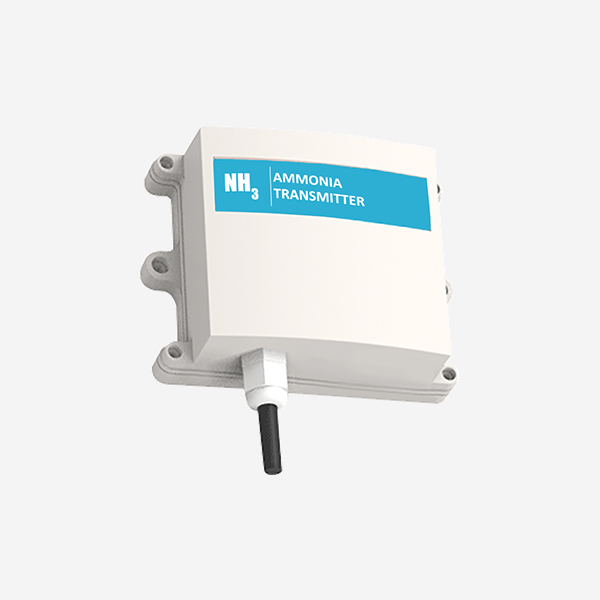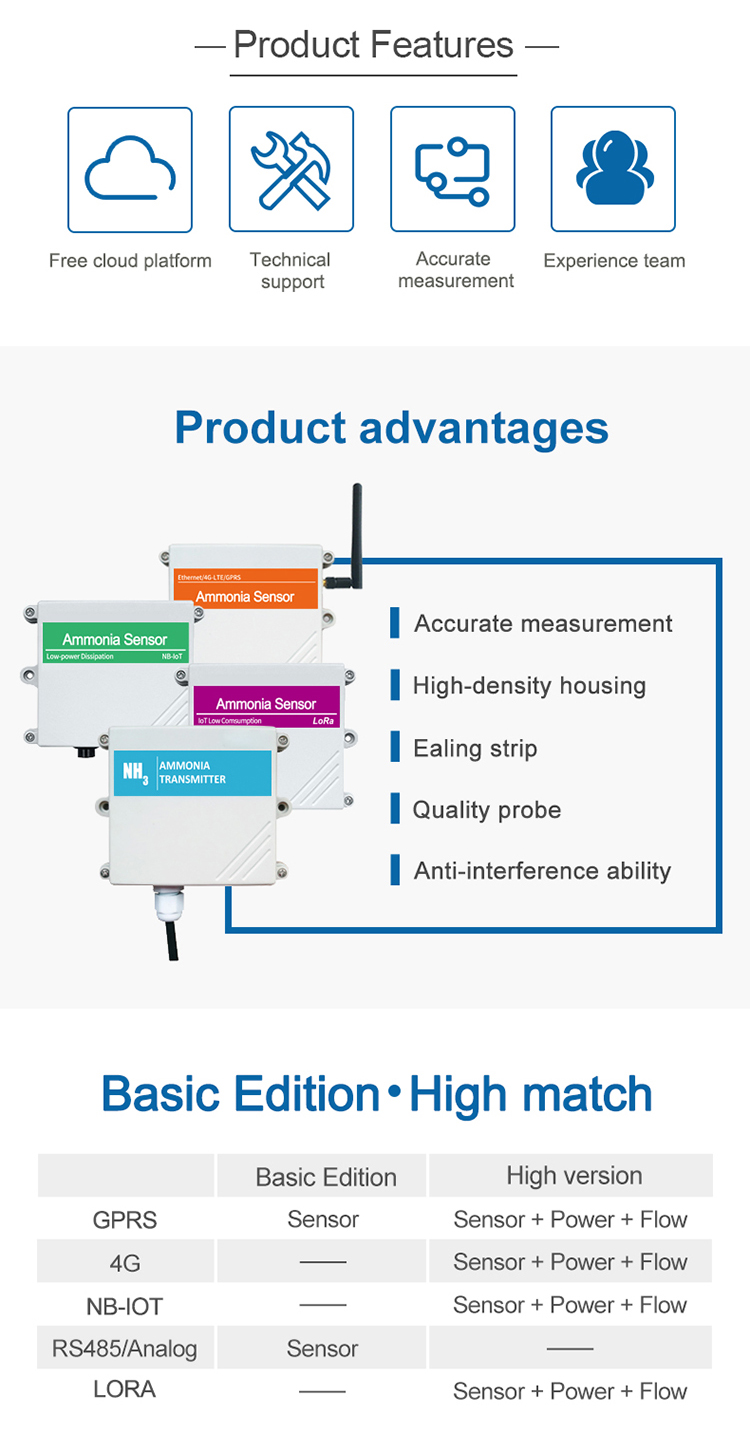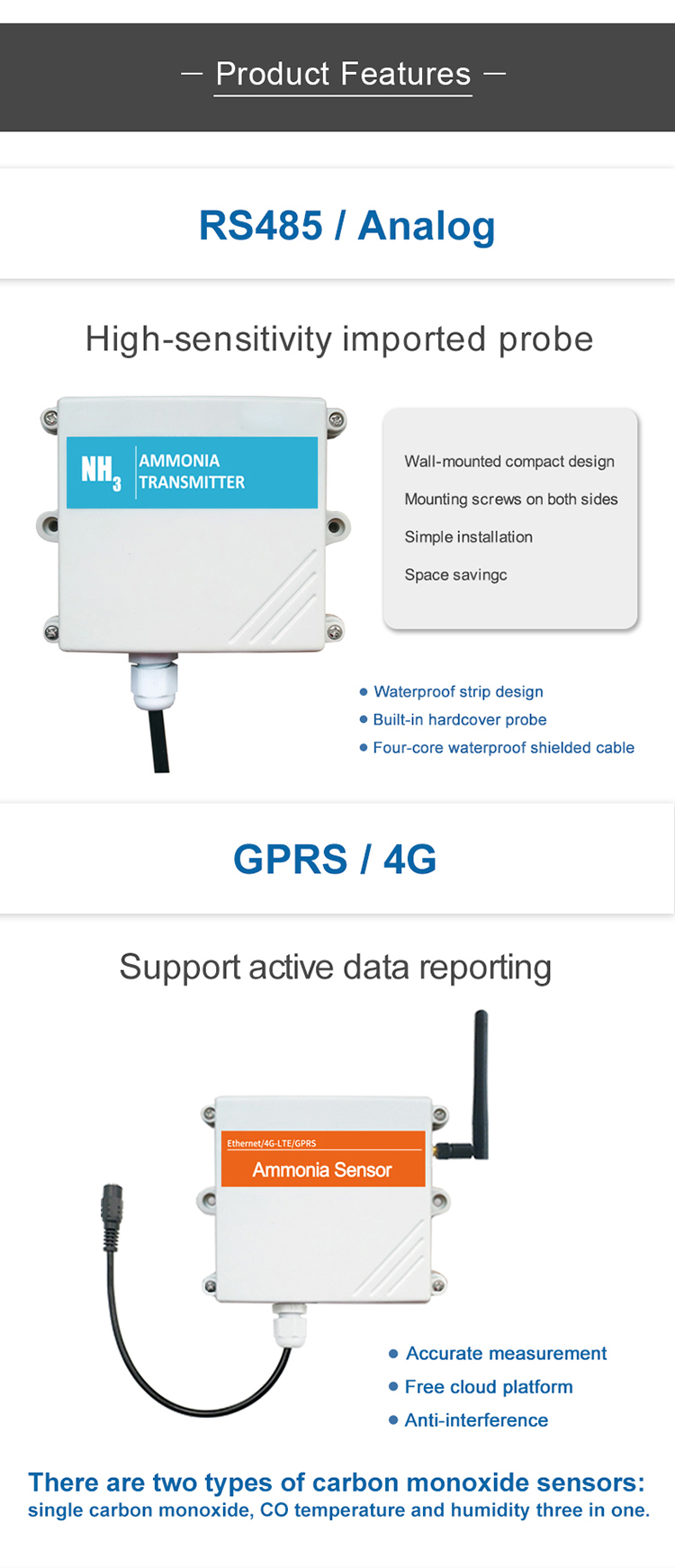Understanding ammonia sensor

The Ammonia Sensor is a highly sophisticated and versatile device that has the ability to detect and measure ammonia levels in various environments. Ammonia is a compound that is commonly found in industrial processes, agricultural activities, and household products. It is also a pollutant that can have detrimental effects on human health and the environment. With the Monmonia Sensor, monitoring and managing ammonia levels has become more efficient and accurate than ever before.
key advantage of the Ammonia Sensor
One key advantage of the Ammonia Sensor is its high sensitivity and precision. It is able to detect even trace amounts of ammonia in the air, water, or soil, allowing for early detection of potential hazards. This is particularly important in industries such as agriculture, where excessive ammonia levels can lead to crop damage and loss. By continuously monitoring ammonia levels with the Monmonia Sensor, farmers can take proactive measures to prevent the negative impact on their crops.

Moreover, the Ammonia Sensor is equipped with wireless connectivity, enabling real-time data transmission and remote monitoring. This means that users can access the sensor’s data from anywhere and at any time, using a computer or a mobile device. For example, an environmental agency can deploy Ammonia Sensors in different locations to monitor ammonia emissions from factories or wastewater treatment plants. The collected data can then be analyzed to assess compliance with regulations and identify areas for improvement.
Another remarkable feature of the Ammonia Sensor is its low power consumption and long battery life. This makes it ideal for long-term monitoring applications in remote areas where access to power sources may be limited. For instance, researchers studying water quality in remote rivers or lakes can deploy these sensors to monitor ammonia levels over an extended period. The sensors’ longevity ensures that data collection is uninterrupted, providing valuable insights into the ecosystem’s health and enabling timely intervention if necessary.

The Ammonia Sensor’s versatility extends beyond industrial and environmental applications. It can also be utilized in indoor environments to ensure healthy and comfortable living conditions. Ammonia is commonly found in cleaning products, fertilizers, and even pet urine. By integrating Ammonia Sensors in smart home systems, homeowners can receive real-time notifications about potentially high ammonia levels. This empowers them to take immediate action, such as improving ventilation or adjusting cleaning practices, to maintain a safe and healthy indoor environment for their families.
Conclusion
the Ammonia Sensors represents a significant breakthrough in the realm of IoT. Its ability to accurately detect ammonia levels in various environments, coupled with its wireless connectivity and long-lasting battery life, make it an invaluable tool for numerous industries and applications. From environmental monitoring to agriculture, from industrial compliance to indoor air quality, the Ammonia Sensor is transforming the way we understand and manage ammonia-related issues. As IoT continues to evolve, we can expect even more innovative solutions like the Monmonia Sensor to emerge, enhancing our lives and contributing to a more sustainable future.